PsychNewsDaily Publishers
100 Summit Drive
Burlington, MA, 01803
Telephone: (320) 349-2484
PsychNewsDaily Publishers
100 Summit Drive
Burlington, MA, 01803
Telephone: (320) 349-2484
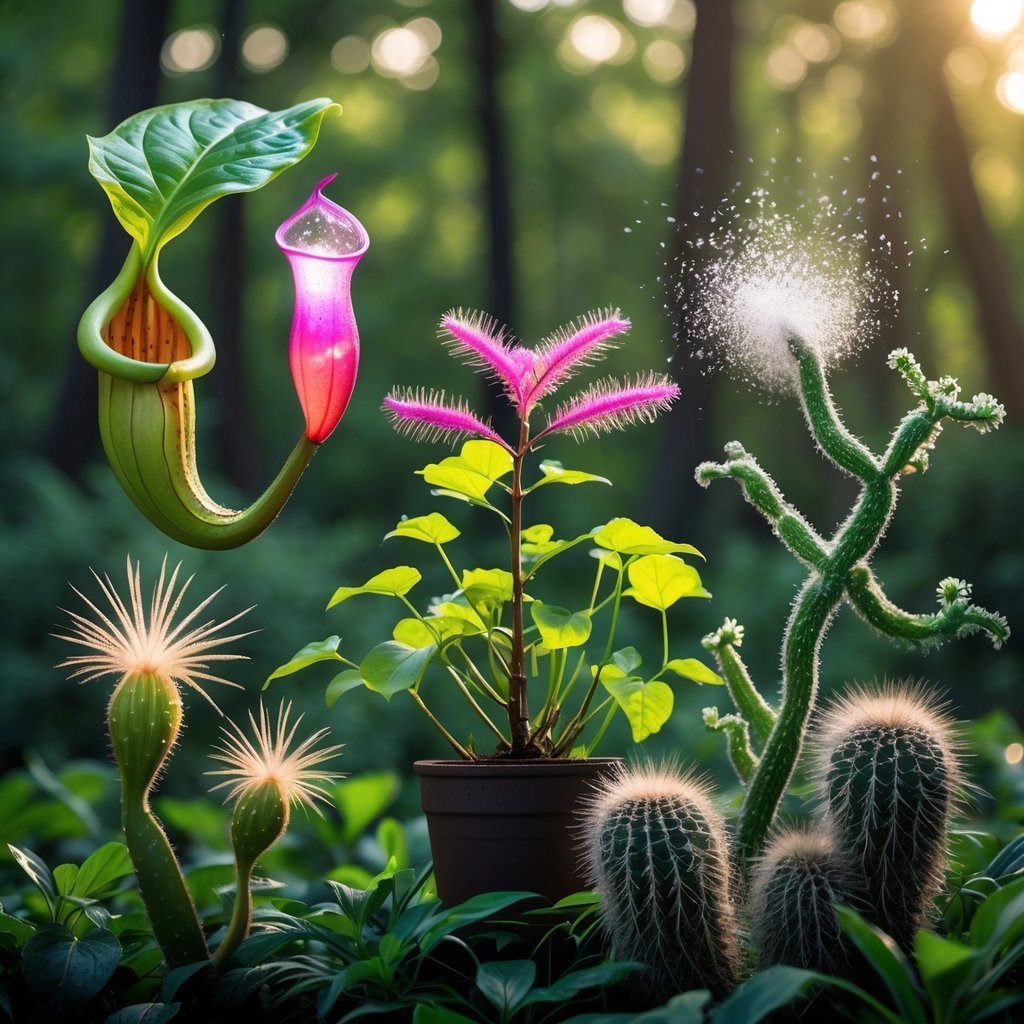
Plants might look peaceful, but honestly, they’ve got some wild tricks up their sleeves. They use all sorts of defenses to keep animals and tough weather at bay. Some of these strategies are so clever, you’ll probably find yourself a bit surprised.
Let’s check out seven plant defenses that honestly seem like something out of a fantasy book. Once you see how these work, you might never look at plants the same way again.

At first glance, you probably wouldn’t even spot these guys. Some plants, like Lithops or “living stones,” just blend right in with pebbles and rocks.
Their thick, fleshy leaves look so much like stones that most animals walk right past them. When they’re not blooming, they basically disappear into the background.
This disguise keeps predators away and helps them save water. It’s honestly a genius move for surviving in dry, tough places.
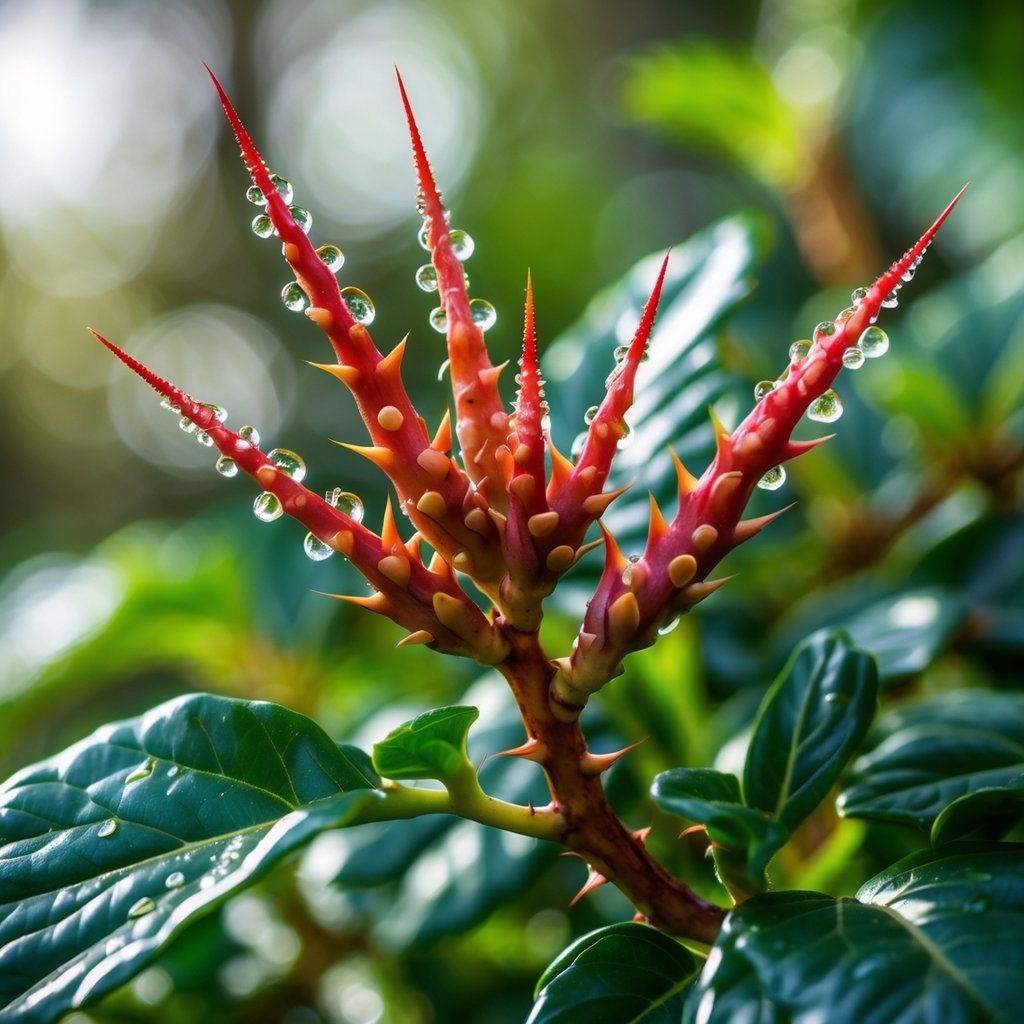
Most people think thorns just poke you, but some plants take things further. These thorns actually inject poison when you touch them—like mini syringes.
When you brush against one, the thorn can break your skin and release chemicals that sting or make you numb. It’s usually things like histamine and serotonin doing the work.
That stingy defense keeps hungry animals away. So next time you see a spiky plant, maybe don’t get too close!
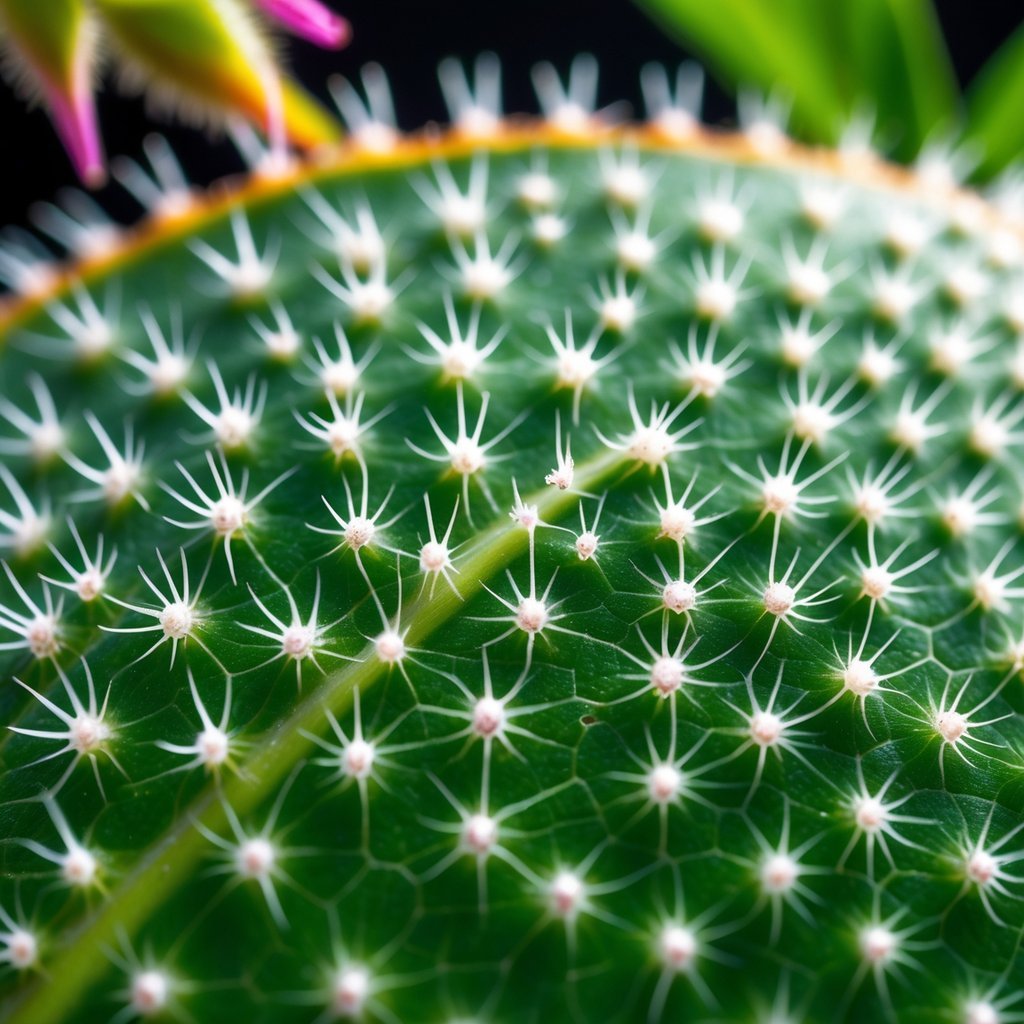
Ever brushed against a stinging nettle? Those tiny hairs—trichomes—aren’t just for looks.
When your skin touches them, the tips snap off and inject chemicals that burn or itch. Animals learn to avoid them pretty quickly.
Trichomes are super small but pack a punch. They make sure the plant doesn’t need to run or fight; it just stands its ground.
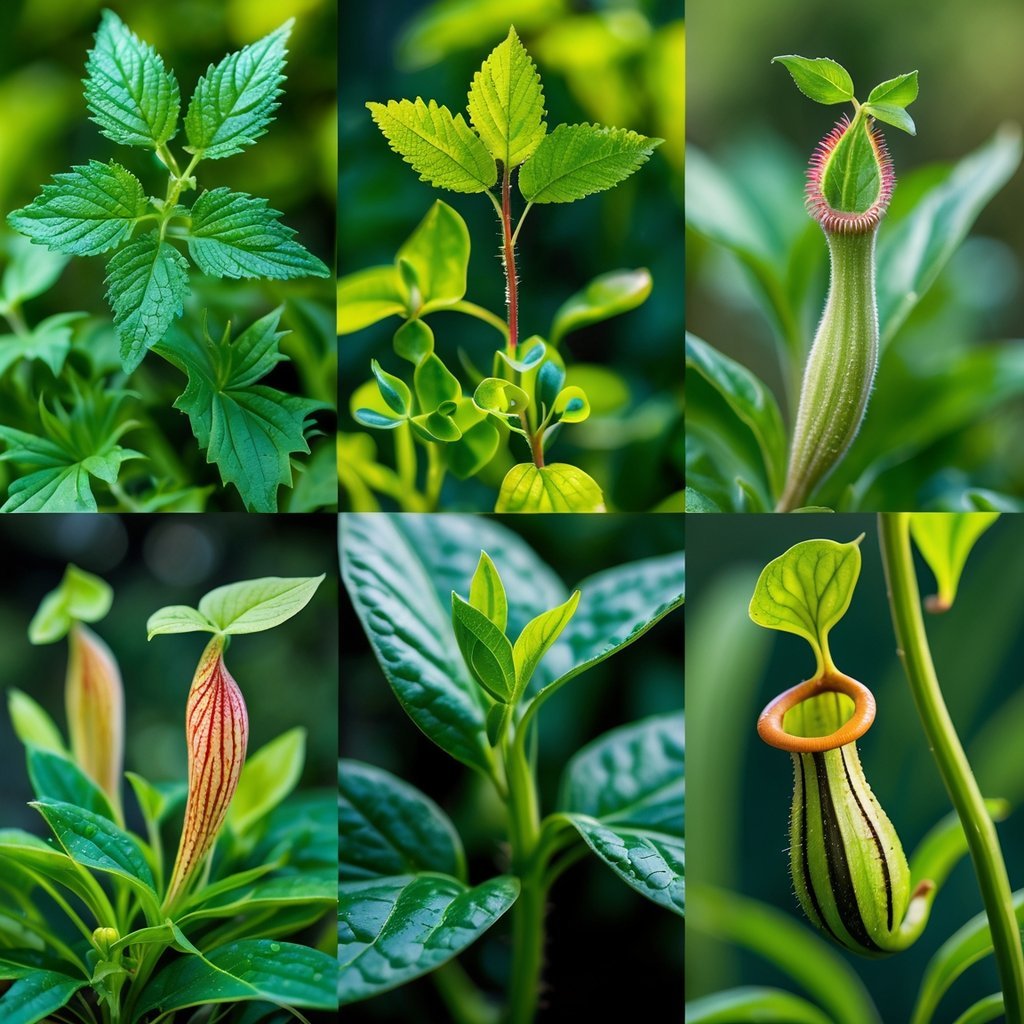
Some plants just let their chemistry do the talking. They release smells or toxins that warn off animals and even other plants.
Take the black walnut tree—it drops juglone into the soil, stopping nearby plants like tomatoes from growing too close. That’s a pretty clever way to keep your own space.
Poison ivy is another classic. It sends out an oil that makes your skin itch like crazy, so most people (and animals) stay away.
These chemical tricks are everywhere, honestly. If you pay attention in your own garden, you might spot them.
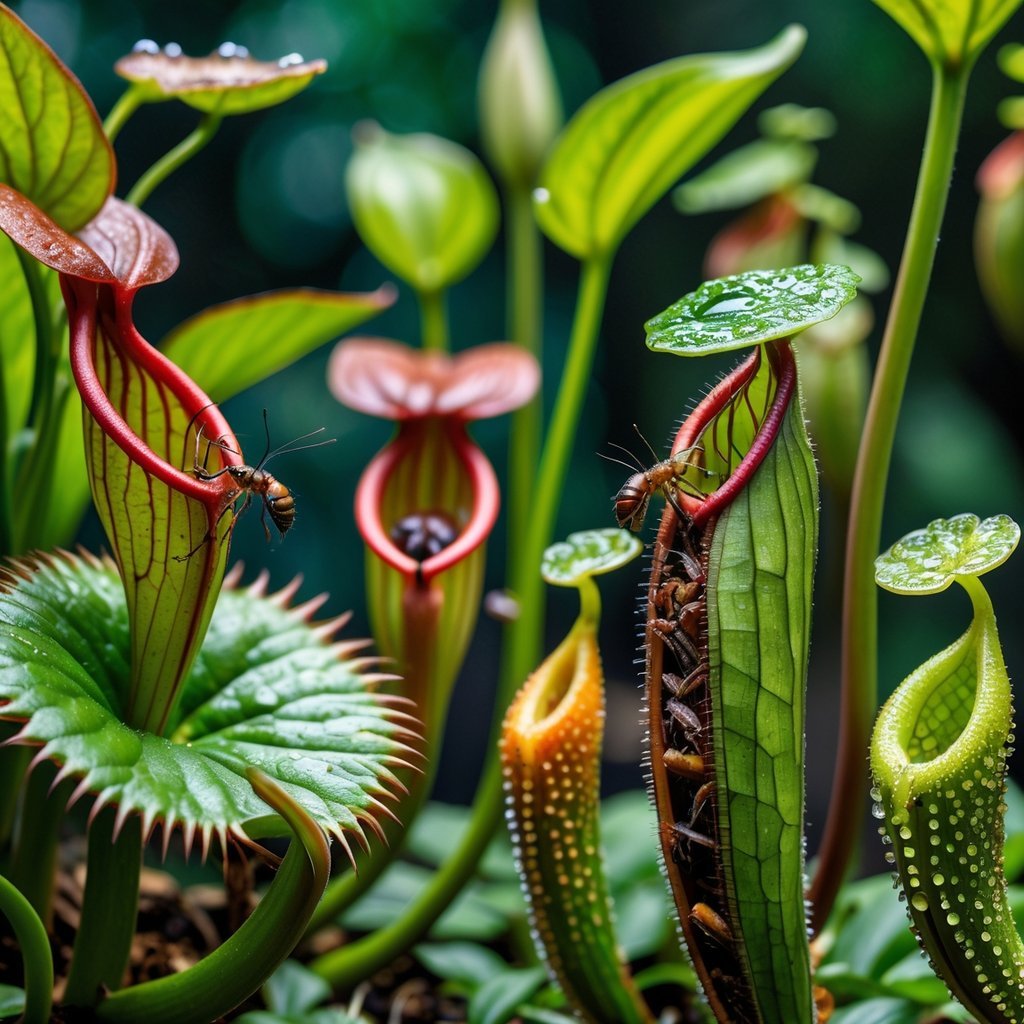
It’s kind of wild, but some plants actually eat bugs. They’ve turned their leaves into weird traps—like pitcher plants with slippery cups that drown insects.
Venus flytraps snap shut if you touch their trigger hairs, and some sundews use sticky goo to hold onto their prey.
These plants grab extra nutrients from insects, especially when the soil isn’t great. Talk about adapting in style.
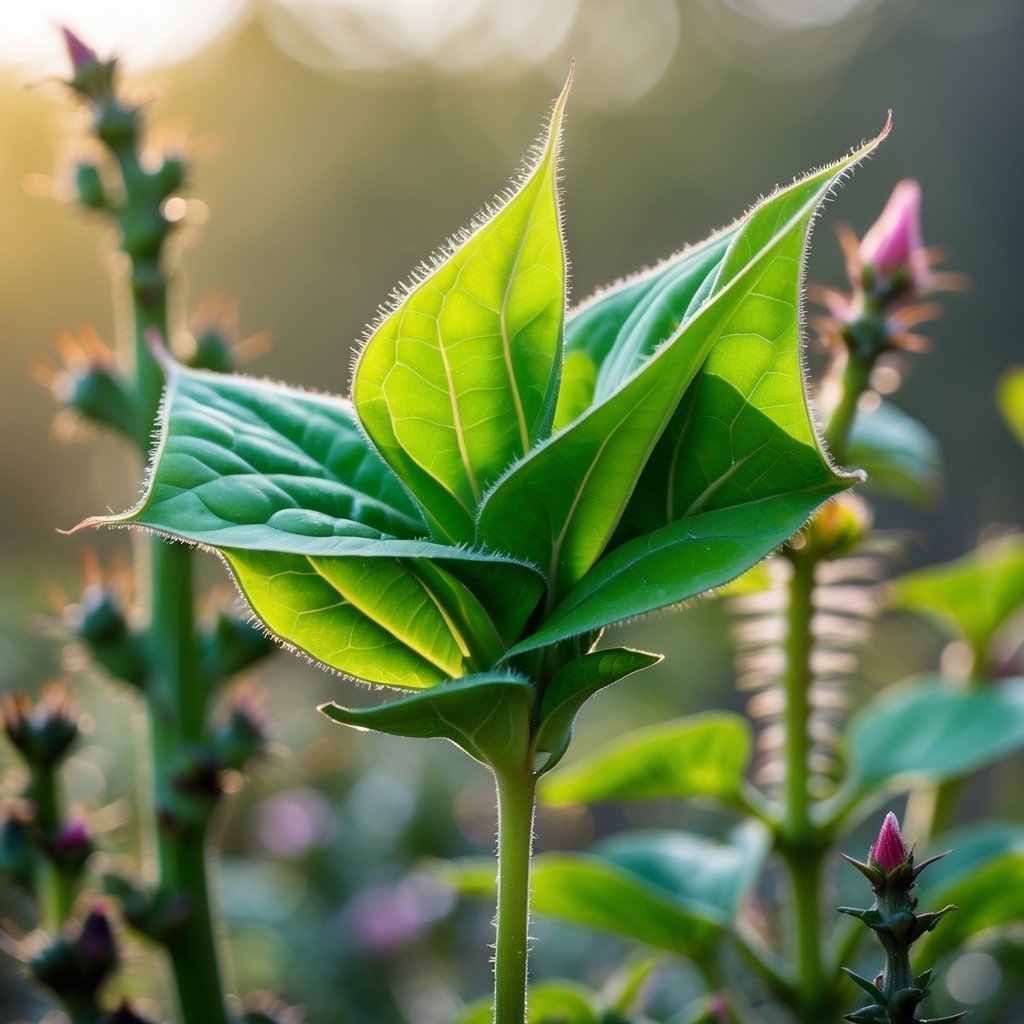
Ever poked a plant and watched its leaves snap shut? Some, like Mimosa pudica (the “sensitive plant”), do this to freak out anything trying to munch on them.
The leaves fold in fast, making the plant look damaged or dead. Usually, after a few minutes, they open up again when the coast is clear.
That quick movement keeps hungry critters guessing. It’s a neat move and kind of fun to watch, honestly.

Ever touched a plant and felt that weird, sticky stuff on your fingers? Some plants actually make resin that traps little bugs like flies or aphids.
This stickiness messes with pests and makes it tough for them to crawl around or munch on the leaves.
But here’s the interesting bit—sometimes that sticky goo draws in other bugs, especially predators looking for an easy snack. So, the plant gets a bit of backup from nature.
Plants don’t need to move to defend themselves; they just use their resins to handle attackers right where they are. It’s a pretty clever way to stay healthy out in the wild, isn’t it?